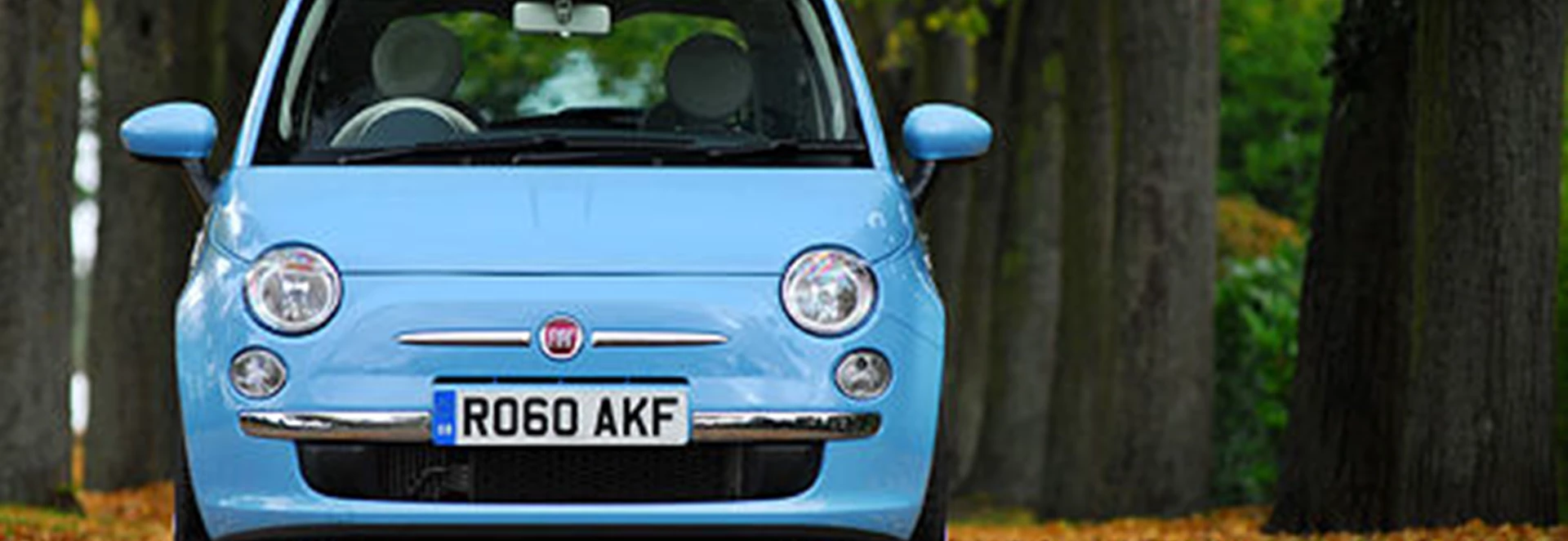When Fiat developed the current 500 as a pastiche of the one it had introduced half a century earlier (a car which, ironically enough, was known at the time as the "New 500"), it got as close to recreating the looks of the original as anyone could reasonably expect. But two other important features were not carried over.The first was the positioning of the engine in the rear. This would have been impractical, not least because it would have meant abandoning the idea of using the same platform as the Panda. The second was that this 500, unlike its predecessor, did not have a two-cylinder engine, and nobody was surprised at that since no mainstream manufacturer had produced a two-cylinder car in twenty years.Late last year, though, Fiat came to market with the two-cylinder 500 TwinAir (described at the time in our launch review), and much as I like the other cars in the range this is quite definitely my favourite. My feeling now is that if you want four cylinders, you should buy two 500s.It's very easy to fall in love with the TwinAir engine as it putters, purrs or throbs according to how many revs and how much throttle you're using. But however charming it may be, it has been created for very serious reasons. The first Fiat unit to be intended from the start to use the fiendishly clever MultiAir technology, tested here in turbocharged 95bhp form, it exists to help drive Fiat's overall fuel economy figures up and CO2 emissions down.On paper, it's a reasonable success. This is the only current 500 with sub-100g/km CO2, and therefore exempt from the London congestion charge and annual Vehicle Excise Duty payments, though the cost of taxing either the 1.2 four-cylinder petrol 500 or the 1.3 MultiJet turbo diesel is hardly wallet-busting.On combined fuel economy, the TwinAir is actually less impressive than the diesel (which is very odd considering its CO2 emissions are lower, but Fiat has confirmed that that's the official situation). On the EU test it manages 68.9mpg, and although I didn't get anywhere near that I did average around 54mpg, which is about what I would have expected from a hybrid or a modestly-powered diesel.In fact, the big advantage of the TwinAir over the MultiJet - other than the fact that it has THE RIGHT ENGINE - is that's it's £1200 cheaper. The 1.2 petrol is £1200 cheaper again, and in a much lower insurance group, but it's slower, uses more fuel and has more cylinders than it properly should.Regardless of the engine, it's still the case that the 500 is a little parcel of cuteness which attracts appreciative looks from passers-by and is a splendid thing to have parked outside your house.This shouldn't distract us from looking soberly at the car and realising that there are several things wrong with it. There's hardly any room in the back, the boot is tiny, rear visibility is miserable, the steering wheel isn't adjustable for reach, there's a lot of body movement, the tail can become very twitchy under heavy braking or when you encounter a bump in mid-corner, and the fact that, as with many other Fiats and Alfa Romeos, you have to make a lot of button presses while dialling through the Multifunction Display system in order to switch the sidelights on or off (and then only when the car is at a standstill) could be considered a good idea only by a silly person.So the 500 is by no means the best small car on the market. It is, however, by far the most endearing, especially when fitted with that lovely little TwinAir engine. Engine 875 cc, 2 cylinders Power 85 bhp @5500 rpm Torque 107 ib/ft @1900 rpm Transmission 5 speed manual Fuel/CO2 68.9 mpg / 95 g/km Acceleration 0-62mph: 11sec Top speed 108 mph Price From £10362.00 approx Release date 01/10/2010

Our Rating



